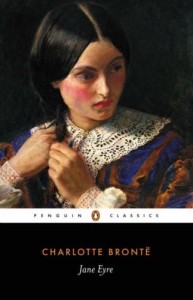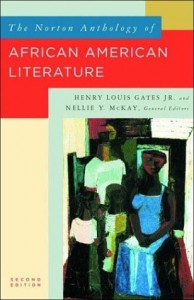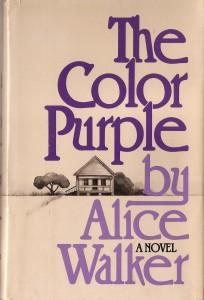Bertha Mason
 Character: Bertha Mason
Character: Bertha MasonSource Text: Brontë, Charlotte. “Jane Eyre.” Introduction and Notes. Ed. Stevie Davies. N.p.: Penguin Classics, 2006. Print.
Entry Author: Crystal Carpenter
Bertha is left without a voice and in place of it is a growl. Her character depicts the masculine nocturnal beast that wanders Thornfield Hall at night and hides during the day. Bertha has a brother, Richard Mason, who is never depicted in any way as beast like. He is treated like an English gentleman, which is interesting because he comes from the same family line as Bertha. Brontë is making a reference to how woman are locked away in the domestic sphere, forced to comply with men as the head in the public sphere.
It is, of course, taken from Jane Eyre, where the madwoman, Bertha Mason, is quite literally confined in an attic, but it becomes emblematic of the female subversive desire to challenge all-pervasive patriarchal standards – a desire which can be expressed only through images of irrationality, passion, and imprisonment (Foster 95).
Women writers had no choice but to have multiple undertones within their work. Bertha’s character is compromised for the advancement of feminist’s rights. However, for the sake of the feminist movement Bertha’s race and self-worth is being sacrificed. During the 19th century the progression of white woman was the objective, not woman of color. Bertha is a symbol for many cultures exploited and repressed by the British Empire. Brontë writing Bertha as the “mad woman” represents the fear that the English had if miscegenation was to occur between the British and “other” cultures. Racial lines would be blurred and mixed race children would be the product of imperial reign, which would ruin the racial dominance of the British over their colonies. Brontë locking Bertha away is a way to control and stop further assimilation with the English culture.
Creole: Generally, the term signifies a European native of the West Indies but it can also refer to persons of mixed race or black people (Davies 567).
Work cited:
Foster, Shirley. “Monsters and Madwomen – The Madwoman in the Attic: The Woman Writer
and the Nineteenth-Century Literary Imagination by Sandra M. Gilbert; Susan Gubar.”
NOVEL: A Forum on Fiction, 14.1 (1980): 94-96. JSTOR. Web. 7 Nov. 2013.
Thomas, Sue. “The Tropical Extravagance of Bertha Mason.” Victorian Literature and Culture
27.1 (1999): 1-17. JSTOR. Web. 7 Nov. 2013.


